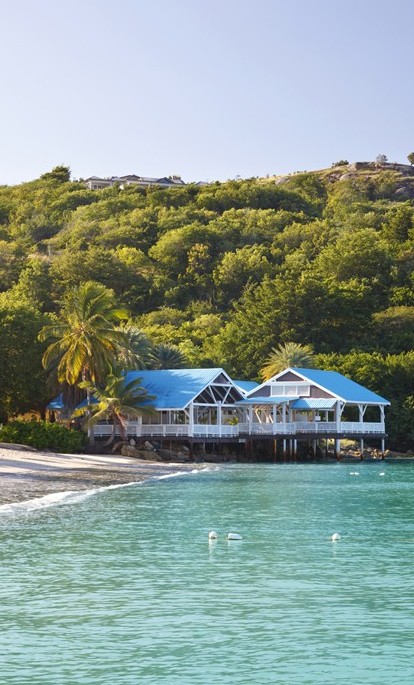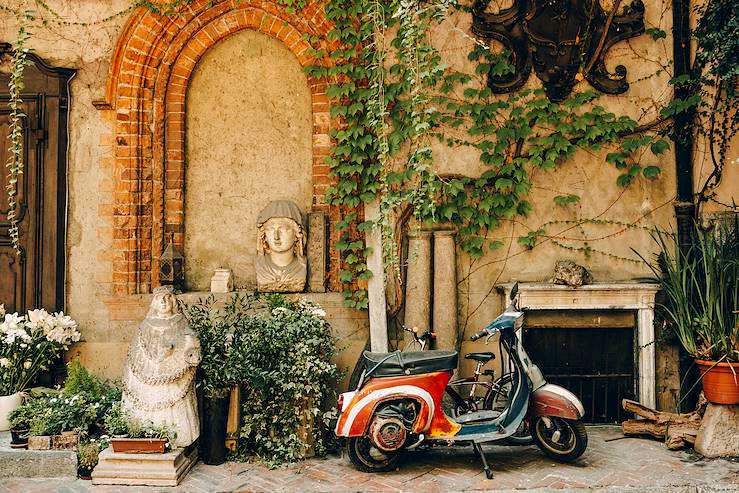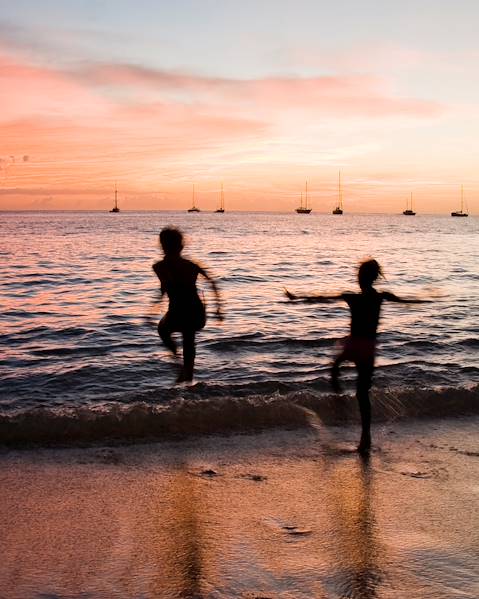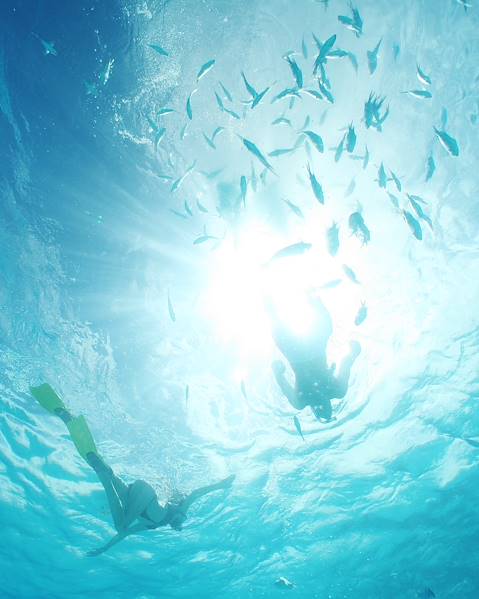Positioned at the junction between the Caribbean and the Atlantic, Antigua and Barbuda is a jack-of-all-trades in the climate department. Its proximity to the Equator means that high temperatures and solid sun rays remain fairly consistent throughout the year (a relief for sun-seekers needing to escape colder climes for the islands’ reef-lined beaches). If we had to pick a time to visit though, mid-December to mid-April is the general sweet spot, with temperatures hovering in the high twenties and significantly less rainfall than the summer months. Read on for a more detailed guide of the best time to visit Antigua and Barbuda, to help you pinpoint exactly when to travel.
Spring
Spring is one of Antigua and Barbuda’s best seasons; the tropical sunshine is out in full force, temperatures sit between a balmy 28 and 30°C, and it’s the driest season in terms of humidity and rainfall. The spring does see stronger but this is good news for sailors and kite surfers – Antigua Sailing Week is held at the end of April and the Antigua and Barbuda International Kite Festival takes place around Easter each year. These sea breezes do also help take the edge off the heat, as the mercury climbs towards the end of May.
Summer
Things really heat up in Antigua and Barbuda during the summer months, with temperatures heading into scorching hot territory over 30°C. However, accompanying this toasty climate is greater humidity and intermittent rainfall. June is windy but not too damp, while July signals the start of the wet season. July to November is classified as hurricane season and although the risk is low, it’s worth keeping an eye on weather warnings if travelling at this time of year. Tropical storms tracking nearby can bring strong winds and intense rain to the islands. Carnival takes place from late July to early August, so if you’re willing to put up with a few showers, you can get stuck into the lively and colourful celebration.
Autumn
While temperatures remain steadily around 30°C during autumn, this time of year does experience the highest humidity and still quite a lot of rainfall (October sees the most). These showers rarely last long though, and once the short bursts of rain have cleared up, you’ll be met with blue skies and sunshine. Hurricanes are not uncommon during this season either, so it’s worth keeping an eye on weather warnings. November marks the final month of the wet season and rainfall does begin to drop as autumn draws to a close.
Winter
Winter sun is the buzzword when it comes to the best time to visit Antigua and Barbuda. December represents the beginning of the country’s high season as showers cease, humidity declines and the thermometer settles around 28.5°C. Following the wet season, the islands’ vegetation is fully replenished and flourishing in glorious shades of green – so you know the landscape will be looking its best. And since it’s no secret that the UK’s winter weather doesn’t leave much to be desired, why not escape to Antigua and Barbuda for some much-needed vitamin D?
















